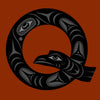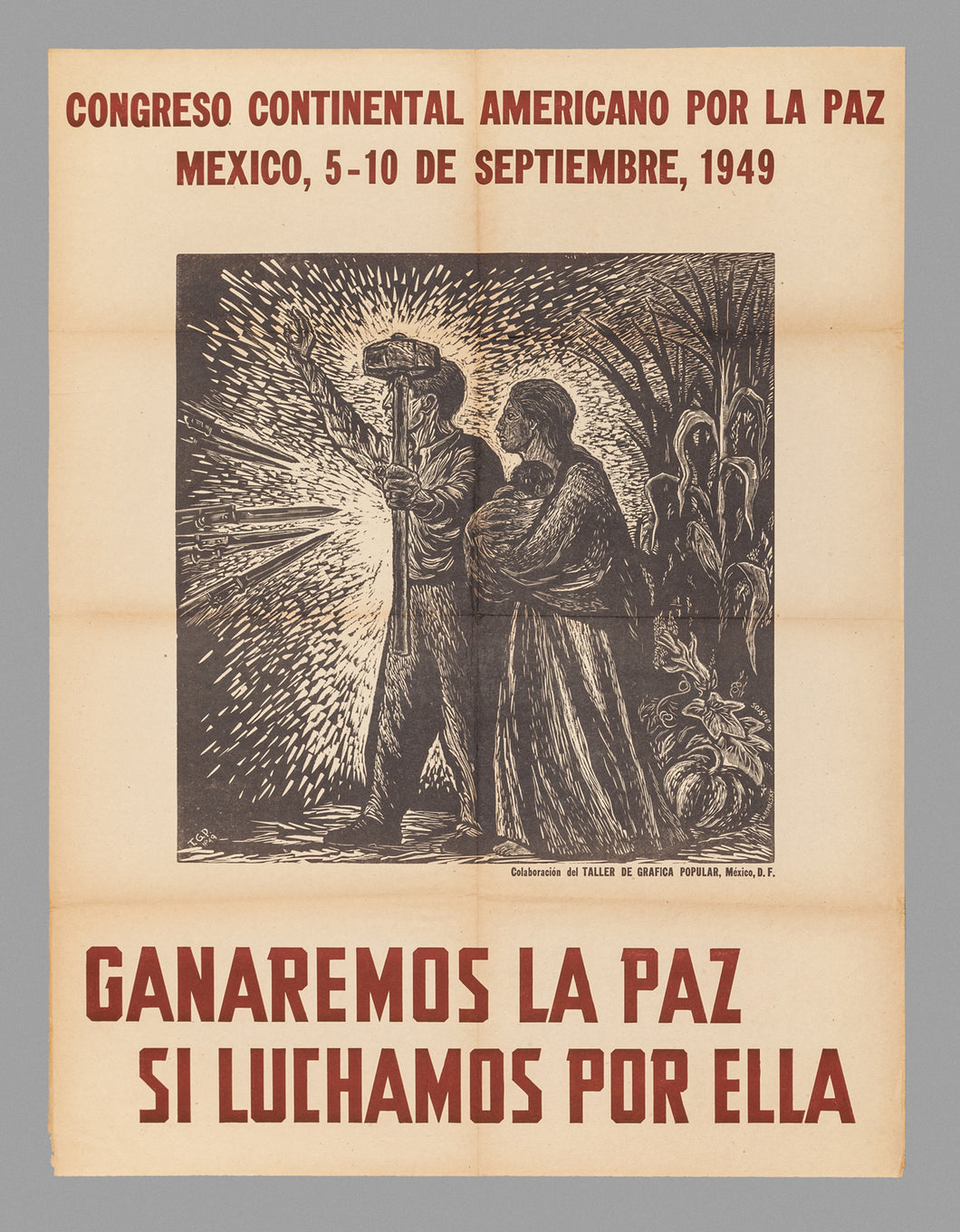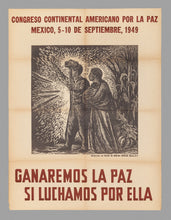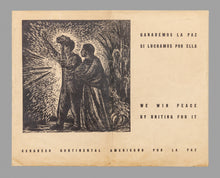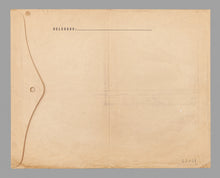We Will Win Peace If We Fight For It, 1949 by Mariana Yompolski and Arturo Garcia Bustos
Regular price
$1,500.00
Sale
Ganaremos La Paz Si Luchamos Por Ella (We Will Win Peace If We Fight For It), 1949
Collaboration between Mariana Yompolski (1925-2002) and Arturo Garcia Bustos (1926-2017)
Produced by the Taller de Grafica Popular
Poster with original envelope
31 11/16" high x 23 11/16" wide
*Excellent condition. A very rare piece to find in its original envelope
Along with fellow Taller de Gráfica Popular (TGP) artists Alberto Beltrán and Arturo Garcia Bustos, Mariana Yampolsky worked for one year as an apprentice to Pablo O’Higgins and Alfredo Zalce. This poster is an example of her early work with Bustos. It was created for the Continental American Congress for Peace in Mexico City in September 1949, and was given to the delegates in an envelope that had a detailed image of the poster printed on it. The work is typical of the posters the Taller de Grafica Popular created for rallies, conferences, organized demonstrations, and other gatherings for social or political causes. The image depicts a Mexican peasant family set in the foreground. The mother holds an infant child as the father confronts the swords of the militia, his sledgehammer raised to defend his family. This type of subject matter became emblematic of the TGP and their work.
As Helga Pringnitz notes in her book El Taller de Gráfica Popular 1937-2017, there are multiple versions of this poster. One version is in English "American Continental Congress for Peace - September 5-10, 1949. Mexico City. We win peace by uniting for it." Another version has an alternate text in Spanish, "El pueblo de Mexico difunde la paz. Saludo de los artistas de Taller de Grafica Popular."
One of the most prominent and influential artists of Mexico, Mariana Yampolsky grew up surrounded by intellectual thought, socialist idealism, and an interest in global humanism. In 1952 she immigrated from Chicago to Mexico and became a part of the Taller de Grafica Popular, a cooperative workshop of painters and graphic artists dedicated to social and political ideas. She exhibited her printmaking work in collective exhibitions throughout the world from 1945 to 1958. Yampolsky’s social responsibility and need to communicate the visual messages of artists to the public is seen in her expansive work as a graphic arts editor for school textbooks. Later in her career, she turned to photography and documented the complexity of Mexican culture, including its landscapes, folk art, and poverty.
